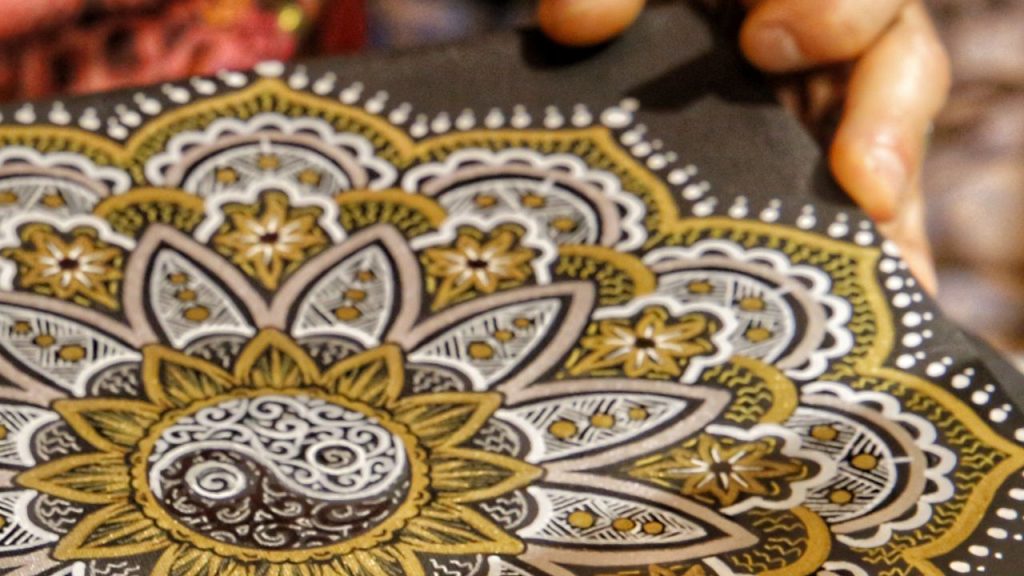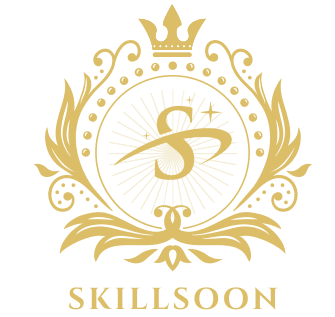Discover 10 powerful benefits of mandala art therapy! Learn how this creative practice reduces stress, boosts mindfulness, and promotes emotional healing.
Introduction:
In the recent past, mandala art therapy has received great consideration due to its help towards emotion exploration, reducing levels of stress, and development of inner awareness. But what is mandala art therapy and why does it really work? The following report takes a deep dive into this particular concept, its practice application, and the reality basis for this therapeutic method.
It’s about a kind of art therapy termed as mandala art which involves creating or coloring of geometric patterns, which can even be circular and symmetrical as well. The term has been derived from Sanskrit meaning “circle,” being widely used in cultures specifically Hinduism and Buddhism, signifying unity and wholeness.
In therapy, mandalas are tools to help them focus, meditate, and express themselves. Unlike just talking, mandala art therapy is a way of creative expression through the brain which is different from traditional talking therapy.
Dr. Carl Jung, a Swiss psychiatrist, introduced mandalas into psychology in the early 20th century. He believed that drawing mandalas could help people access their subconscious and bring balance to their inner worlds. Today, his ideas are widely applied in therapeutic settings to address mental health challenges like anxiety, depression, and trauma.
How Does Mandala Art Therapy Work?

1. Activates the Relaxation Response
The parasympathetic nerve system, which is in charge of soothing the body, can be activated by participating in the repeated patterns of mandala design. By lowering cortisol levels and encouraging relaxation, this aids in reversing the stress reaction.
2. Encourages Mindfulness
Drawing or coloring mandalas forces you to stay in the present moment. A mindfulness practice will reduce rumination-the constant replay of negative thoughts-which is a common feature of anxiety and depression.
3. Facilitates Emotional Expression
Sometimes, words cannot be able to say what is inside one’s mind, but through Mandala art expression of feelings can happen using colors, shapes, and patterns. This sort of non-verbal expression is helpful for people who cannot express their feelings accurately.
The therapeutic advantages of mandala painting are being supported by an increasing amount of research. In contrast to free-form coloring or doodling, participants’ anxiety levels were dramatically lowered when they colored pre-drawn mandalas, according to a 2012 study published in the Art Therapy:
Journal of the American Art Therapy Association.
The second case study was carried out in a mental health clinic. It involved 20 patients who were diagnosed with post-traumatic stress disorder (PTSD). Participants were asked to create mandalas over an 8-week period. Results showed that 75% of participants experienced a measurable decrease in their PTSD symptoms, including flashbacks and hypervigilance.
In 2019, a pilot study looked into the use of mandala art therapy with a group of cancer patients undergoing chemotherapy. Many participants reported being less overwhelmed, and the sessions often became a safe space for them to process emotions related to their diagnosis.
This makes mandala art therapy the most attractive. It does not require professional artists or people with prior artistic experience. Anyone, regardless of age and background, can engage in this therapeutic practice.
Here are some groups that have particularly benefited:
– Children and Teenagers:
Mandala art therapy is a way to help youngsters deal with emotions that cannot be put into words yet. -Trauma Survivors: For a trauma survivor, drawing mandalas gives them a feeling of control and stability, which they badly need in their healing process.
– Chronically Ill People:
These suffer from chronic pain or the overall chronic conditions. Generally speaking, their stress is running high. Mandala drawing is an artistic method and a great way out of such problems.
– Addiction Victims:
Since mandala drawing represents more self-contemplation along with emotional anchoring; lately, many addiction recovery groups involve this practice in their plans and activities.
The Real-Life Example: Case of Sarah

Sarah was a 32-year-old teacher who suffered from extreme anxiety resulting from job-related stress and personal issues. Traditional therapy was not working to reduce her panic attacks and sleepless nights. Her therapist advised her to try mandala art therapy.
Initially, Sarah was skeptical, but she started attending weekly sessions. She found the process strange at first because she wasn’t an “artist.” However, as weeks went by, she started looking forward to her sessions. She realized that the act of coloring and designing mandalas gave her a break from her racing thoughts.
After three months, Sarah noticed a big improvement on her anxiety level. She started sleeping better and could feel more centered. To Sarah, mandala art therapy has become more than just a coping mechanism; it is a way to get back in touch with oneself.
Mandala art therapy is one of the wonderful things that start quickly because it doesn’t necessarily have anything to do with big investment requirements and professional guidance.
What You’ll Need
You’ll need paper, such as a sketchbook Some markers, crayons, colored pencils, or paints (for example, felt markers or acrylic paints Optionally, a compass and template for drawing circles can come in handy.
1. Set aside time. Select a quiet space where you wouldn’t be disturbed. Take 20–30 minutes to devote to the activity.
2. Start with a circle. Draw one as your base. Use patterns, lines, or shapes within the circle from there.
3. Pick colors mindfully. Choose colors you are drawn to because each can reflect a mood or an emotion.
4. Don’t Overthink It: Mandalas do not have to be perfect. The process is more important than the product.
5. Reflect: When you are done, take a few minutes to reflect on how you feel. What emotions did you have during the process?
Tips to Make Mandala Art a Part of Your Daily Life

1. Join a Group: Most community centers and wellness studios have mandala art therapy workshops. Grouping yourself with others helps create a bonding experience.
2. Apps or Printables: If drawing doesn’t come easily to you, search online for printable mandala designs or use digital coloring apps.
3. Combine With Journaling: After making a mandala, attempt to write about your experience. This can deepen self-reflection.
4. Make It a Habit: As with any therapy, consistency is key. A good rule of thumb would be to make at least one mandala a week.
Conclusion:
While mandala art therapy is transformative, it isn’t the same for everyone. For some, it needs to be combined with therapies such as CBT and/or medication to address certain mental health issues. For others with significant trauma, it could be quite challenging to begin participating in mandala art therapy, so they would benefit from some additional support.
Mandala art therapy is a far cry from a simple creative activity—it’s more a healing, discovery process of emotions and the self. If it’s stress or anxiety or simply to just blow off some steam, then this activity gives one an easy structure but also freeing experience for exploration into their inner world.
The best part? You don’t have to be an artist to use this practice. You will need an open mind, a few basic materials, and a willingness to try this out. Why not grab that pen or crayon and see where the circle takes you?




